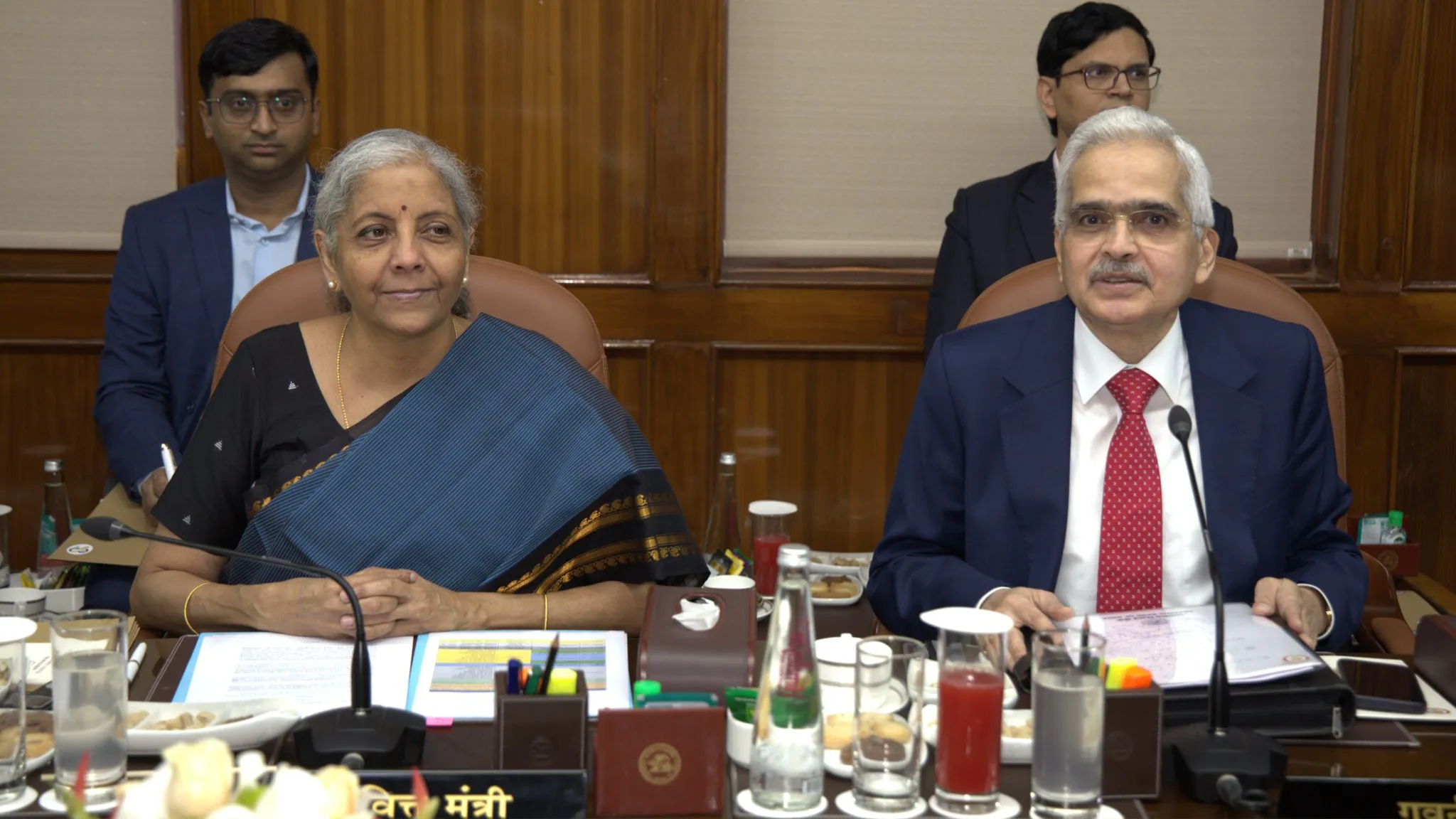Food prices are once again casting a long shadow over India’s economic landscape, forcing the Monetary Policy Committee (MPC) into a corner. The rate-setting panel’s upcoming December meeting is now fraught with complexity, as inflation figures paint a worrying picture.
Inflation Bites Hard
October’s retail inflation reading, breaching the RBI’s 6 percent upper band target at 6.2 percent, marks a 14-month high. This surge, primarily driven by food inflation hitting double digits at 10.9 percent, overshadows a minor uptick in core inflation to 3.7 percent. The MPC, initially expected to consider a 25-bps rate cut, might now find itself in a holding pattern, potentially delaying any easing until February. The question looms: should the MPC wait, especially when the problem seems to stem more from supply-side issues than demand?
As economists like Rajani Sinha of CARE Rating Agency point out, vegetable price surges are due to unseasonal rains and global edible oil price hikes – factors largely beyond the reach of monetary policy tools. Industrial production data further underscores the demand slump, with consumer non-durables and durables indices barely budging from 2021 levels. In such a scenario, persisting with high interest rates seems like using a hammer to swat a fly – ineffective and potentially damaging to already fragile growth.
Tariffs A Double Edged Sword?
Interestingly, while the MPC wrestles with inflation, the Finance Minister Nirmala Sitharaman has indicated a willingness to reassess import tariffs. This move, aimed at supporting domestic industries reliant on imported materials, reveals a nuanced approach to economic policy. Sitharaman’s statement balances the need to protect budding domestic producers with the necessity of encouraging industries dependent on imports. Global bodies like the IMF and World Bank have voiced concerns about India’s tariff levels, and this potential review signals a pragmatic response. However, it also highlights the delicate balancing act between shielding local businesses and fostering competitive trade.
Growth Imperative
Both inflation management and tariff policy are pieces of the larger economic puzzle. While controlling inflation is crucial, stifling growth in a demand-constrained environment is counterproductive. Global central banks are shifting gears towards growth-focused strategies, and China is actively seeking foreign investment. India, facing its own economic headwinds, cannot afford to ignore the growth imperative. The vibrant startup ecosystem and expanding IT sector, highlighted by recent news of strong VC inflows and sector growth, offer a glimmer of hope. But these sectors too need a conducive economic environment to flourish.
What’s the way forward? Instead of solely relying on interest rate tweaks, a more coordinated fiscal approach is needed to address supply-side bottlenecks and stimulate demand. The MPC must recognise the limitations of monetary policy in tackling food-driven inflation and shift focus towards supporting growth. Waiting too long to ease rates might risk derailing the nascent economic recovery. The time for decisive action, prioritising growth alongside inflation management, is now.
Meta: India’s MPC faces a tough choice as inflation spikes. Will rate cuts boost growth or fuel price rises further? An expert analysis.
Image Courtesy: X (RBI)










Leave a Reply